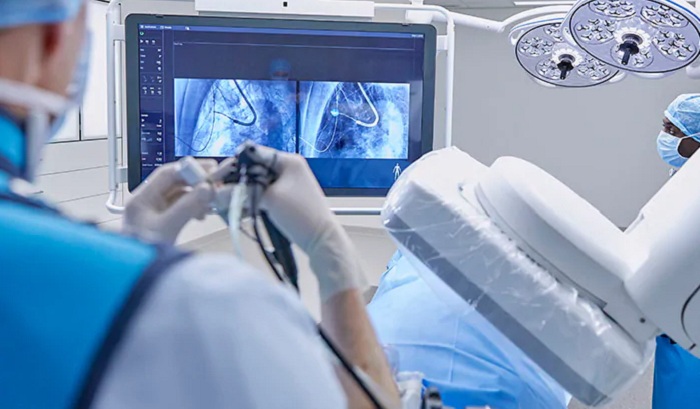In recent years, advancements in medical technology have revolutionized healthcare practices, and one such groundbreaking innovation is Electrical Impedance Tomography (EIT) technology. EIT has emerged as a game-changer in the ventilation industry, offering tremendous benefits for clinicians around the world.
Understanding EIT Technology
Electrical Impedance Tomography (EIT) is a non-invasive imaging technique that utilizes electrical impedance measurements to generate real-time images of lung function. By applying small electrical currents through an array of electrodes placed around the chest, EIT technology measures changes in electrical conductivity and produces cross-sectional images of lung ventilation. These images provide clinicians with valuable insights into the distribution of air within the lungs, enabling them to optimize ventilator settings and improve patient care.
Enhancing Ventilation Strategies
Traditionally, clinicians have relied on subjective methods such as auscultation or X-rays to assess lung function. However, these methods often provide limited and delayed information. EIT technology, on the other hand, offers real-time, continuous monitoring of lung ventilation, allowing clinicians to make prompt adjustments in ventilation strategies.
EIT technology has proven to be particularly valuable in critical care settings, where ventilator management plays a crucial role. In conditions such as acute respiratory distress syndrome (ARDS), EIT provides clinicians with real-time feedback on lung recruitment and titration of positive end-expiratory pressure (PEEP). By precisely adjusting ventilation parameters, clinicians can optimize gas exchange, reduce complications, and enhance patient recovery. Moreover, EIT technology offers insights into the effect of body positioning and postural changes on lung function. This information assists clinicians in choosing the most appropriate patient positioning to improve ventilation, prevent atelectasis, and facilitate secretion clearance, said Dr. R K Mani, Director Clinical Services & Consultant Pulmonology, Yashoda Super Specialty Hospitals, Ghaziabad. EIT images provide a visual representation of lung function, displaying regional differences in ventilation distribution. This allows clinicians to identify areas of over- or under-ventilation and make informed decisions to optimize ventilator settings accordingly. By personalizing ventilation based on individual patient needs, EIT technology can potentially reduce the risk of ventilator-associated lung injury and improve overall patient outcomes.
The Pulmovista, developed by Dräger, is a groundbreaking device that revolutionizes respiratory care by leveraging the principles of Electrical Impedance Tomography (EIT). Pulmovista system captures the resulting changes in electrical impedance and generates dynamic, high-resolution images that depict the distribution of air within the lungs during the breathing cycle. This advanced level of insight enables clinicians to make data-driven decisions, make timely interventions to optimize ventilation strategies, and ultimately improve patient outcomes. EIT technology is undeniably a game-changer in the ventilation industry that is revolutionizing the way clinicians approach respiratory management, said Dhritimay Dhar, Vice President Vice President- Sales and Marketing, Draeger India. The benefits of EIT technology extend beyond ventilation optimization. Its non-invasive nature and real-time monitoring capabilities minimize the need for additional imaging techniques, reducing patient discomfort and radiation exposure. EIT can be easily integrated into existing ventilator systems, making it a cost-effective solution for healthcare facilities.
Unlocking New Possibilities
EIT technology is paving the way for a new era in respiratory care. Ongoing research aims to leverage EIT for monitoring lung perfusion, detecting pneumothorax, and even guiding interventions during bronchoscopy. As the adoption of EIT expands, it is crucial for healthcare organizations and professionals to embrace this innovation and harness its full potential in advancing patient care.


















